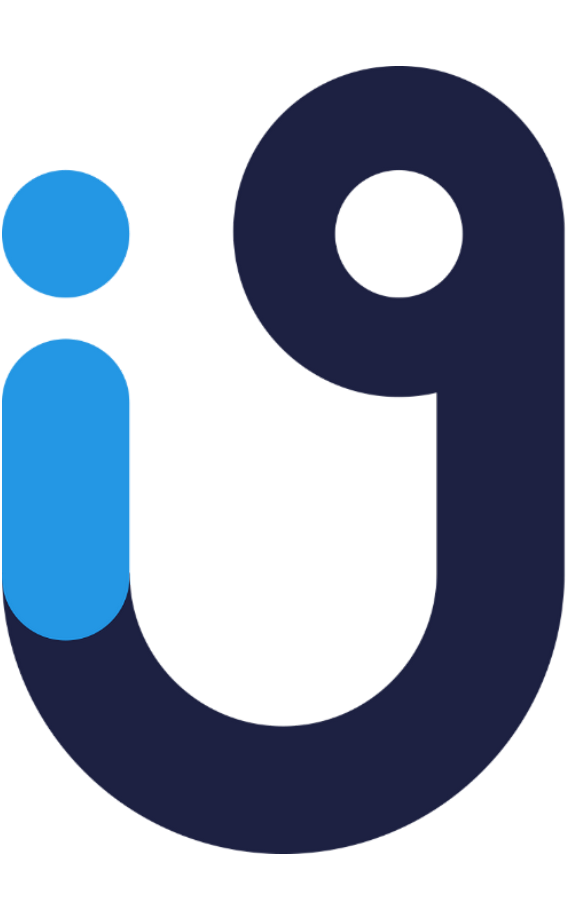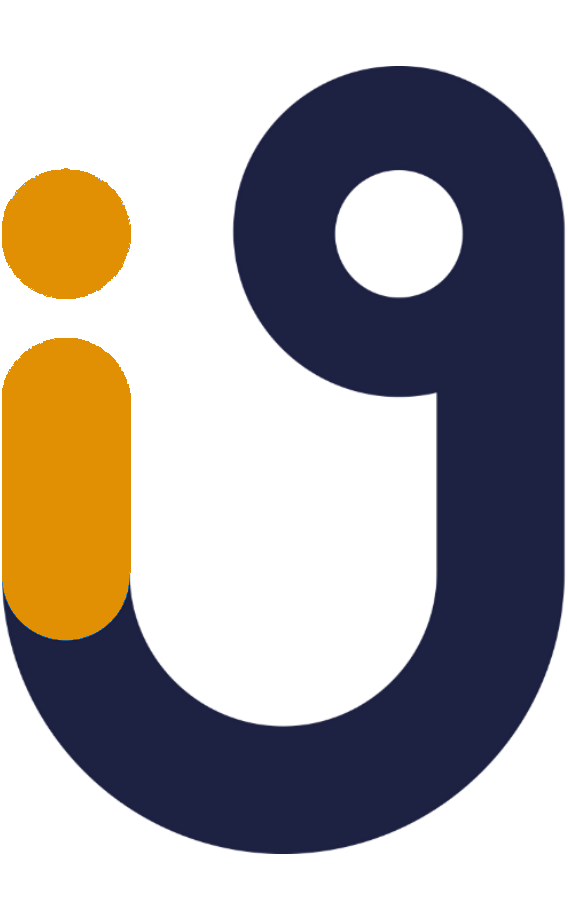Premium
Trainers
Vassilios Kolias,
Doctoral candidate NTUA
Duration
12 - 15 Weeks
Cost
430 euros
Περισσότερες Πληροφορίες
You can see a sample of the lesson here
Introduction
The seminar "Introduction to C# and .NET 4.0" is organized by the specialized high-tech company Digital Academy created by the Team of Speakers of the NTUA Multimedia Technology Laboratory. It is an intensive seminar that takes place exclusively with the Distance Learning method, allowing the learner to follow the program from the place and time of his choice, via the Internet.
The program is designed in such a way as to introduce the learner to the basic concepts of object-oriented programming and the special features of the C# language, but also to the .NET framework, which is the most appropriate way to develop modern applications on Microsoft platforms. Through a series of 12 training modules completed over 12-15 weeks, learners will gain an in-depth understanding of the syntax and class library of the most popular language for .NET, C#, as well as the main features of .NET framework.
Topics
- Theoretical background, the .NET framework, the C# programming language, the first program in C#
- The C# language, C# syntax, data types, operators, variables, program flow control
- Classes and objects, fields and methods
- Inheritance, Polymorphism, Assemblies and Namespaces, Encapsulation
- Abstract Classes, Partial Classes, Nested Classes, Interfaces, Structs, Enums, Operator Overloading
- Collections & Generics
- Files, Streams, IO, Serialization
- Delegates, Events, Windows Forms και WPF
- Threads & Task Parallel Library
- Networking & WCF
- ADO.NET and LINQ
- Final exam
Methodology
According to our training program, the material is divided into 12 training modules and the program is concluded with a two-week final project. The program uses the latest version of the free software (open source) Moodle, which is based on the PHP programming platform. The online courses are hosted on proprietary servers incorporating state-of-the-art technologies such as: Processor 2 x Intel Pentium XEON hyperthreading, Memory 32GB DDR RAM, Hard Disks IBM SCSI U320 HDDs@ 15000 rpm Raptors Hardware RAID 5. The central interface with the internet is carried out through the ESET ( National Research and Technology Network) and is of the order of 1 Gbps (EDET has 2 x 622 Mbps internet connection – Pan-European Research Internet GEANT).
After the seminar
After the seminar, the trainee will have acquired the necessary knowledge and skills so that:
- To know the C# programming language and the principles of object-oriented programming.
- Be able to read C# code and understand its functionality.
- Be able to design and develop simple applications following object-oriented programming principles and coding conventions.
- Implement simple windowed and console applications in C#.
Critical thinking, design initiative and the ability to implement programs in C# will be developed thanks to the ready-made programs provided by the instructors as well as the weekly assignments.
Purpose of the seminar
The purpose of the course is to learn the syntax and class library of C#, but also the capabilities of the .NET framework within 12 training modules, so that the learner is able to start or participate in the development of projects in C#. The organization of the teaching has been done with the consideration that the trainees have no contact with C# but have basic computer knowledge and rudimentary programming knowledge. Also, in order for the trainees to be able to attend the seminar, they should have at least the basic knowledge of operating the Windows operating system, on which .NET and therefore the seminar is based. Finally, they should also have knowledge of the English language as the seminar is based on material written in English, supported of course by notes in Greek. The training is designed for immediate learning of the C# programming language and its main features. It focuses on the presentation of the language and its practical application through examples as well as the tasks to be implemented, so that the learner acquires fluency in both writing programs and reading code.











